https://www.youtube.com/watch?v=u36A-YTxiOw
The Best Way To Launch Your Startup _ Startup School
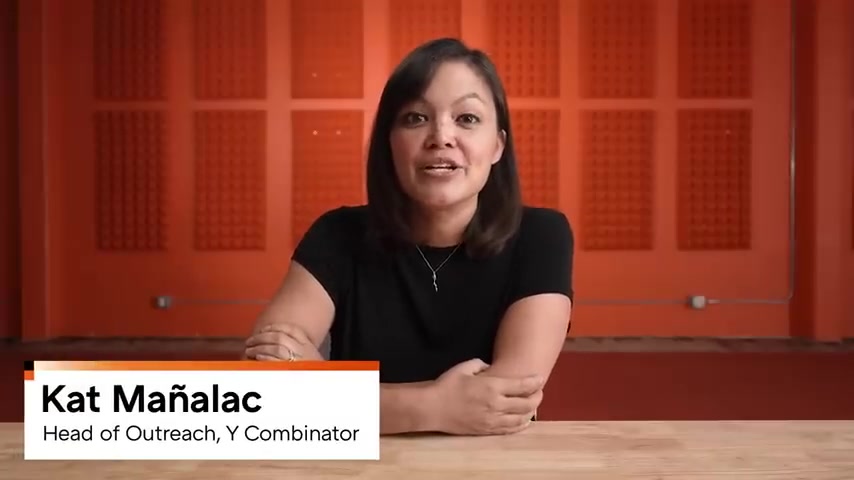
Hey , everyone .
I'm Captain , head of Outreach at Y Combinator .
So I've been at Y C for about nine years now and that means I've seen over 3500 companies go through the program and launch at Y C .
One of the things my team does is help companies with their first launches .
And today I want to change the way you think about launching most founders overthink their first launch .
They think they have just one shot at launching their product publicly and that the messaging has to be perfect or that no one will ever buy or use or invest in their product .
I talk to founders constantly who lovingly prepare their launch for months .
But if you're like most startups , you'll launch something and no one will care .
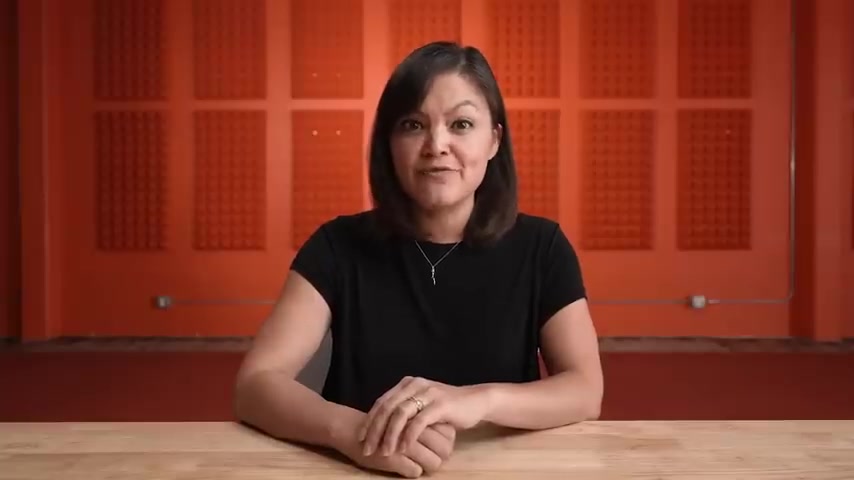
And if it takes you six months to get the first version of your product in front of anyone , your startup may be dead before you get another chance to launch .
So in the same spirit of always be shipping , I want you to think about launching as something that you do continually .
So here's what we're gonna talk about today .
First , we'll talk about when to launch and why ?
Second , we'll walk through some strong one line company description , including some that I pulled from the startup school community .
And third , we'll talk about the types of launches you can do during startup school .
So first , a lot of people ask , when should I launch ?
And the answer is ASAP , it's probably right now why ?
So founders are really good at lying to themselves .
A lot of you have really strong convictions about what you're building and that's good .
Founders need that conviction .
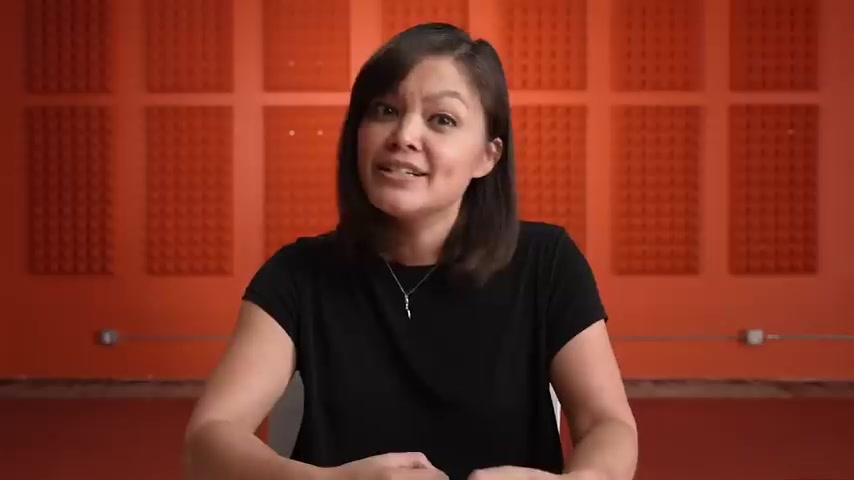
But many of you have strong but theoretical notions of how you're going to solve a problem and how people are going to interact with what you're building .
So putting your product out there even in its earliest state will help you determine whether you're solving a big enough problem that someone is willing to pay for you or use you even in the products really unpolished state .
So if you launch too early , what's the worst case scenario , what's the worst thing that can happen ?
People might think the product is ugly or it sucks .
Investors might hear about the product before it's ready .
You know , competitors might see it or worse , no one will see it or no one will care and that's fine .
Just launch again .
Airbnb launched three times before they really started to get users launching and having no one care .
That feels terrible , but it's not a reason to give up .
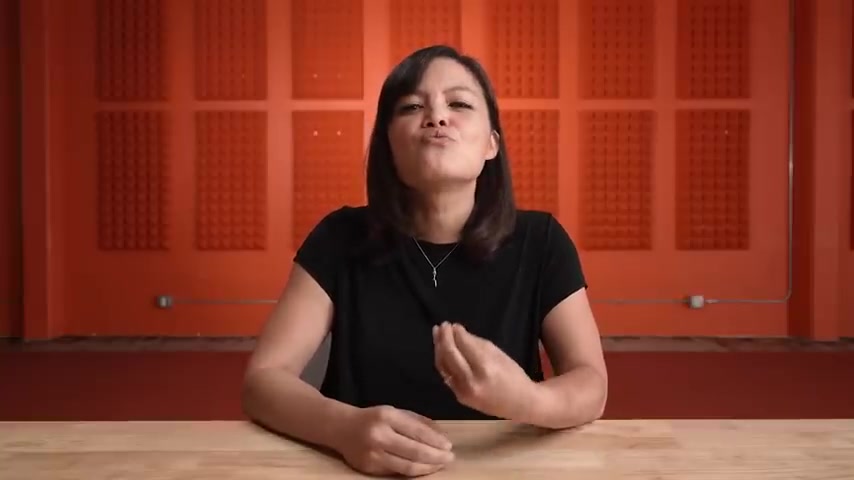
It's a reason to iterate and launch again , launch and iterate , launch and iterate until you have a core of users who really love you .
Paul Buhe , he's the creator of Gmail and a longtime Y C group partner .
He has said it's better to make a few people really happy than to make a lot of people semi happy .
So early on , as long as you've made something that a few users absolutely love .
You are on the right track .
It'll be good for your morale to have even a handful of users who really love what you're doing .
And it'll help you figure out what to focus on .
What is it about your product that they love and how can you do more of that ?
Where can you find more users who love that sort of thing that you're doing ?
If you have a core of users , even 10 users who really love you , all you have to do is expand that number and it might take a while .
But if you keep going cockroach style , you can win in the end .
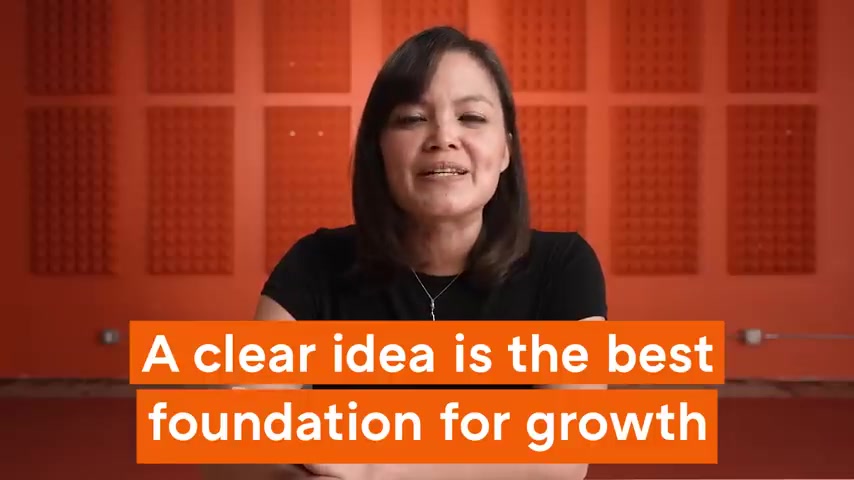
So now that we've determined you should all launch , let's talk about something every one of you needs before you launch to create a strong one sentence pitch .
You need clarity of vision .
We believe that people who have thought deeply and about about an idea can explain it clearly and succinctly , they use less words , they can explain con complex concepts in a way that a five year old can understand .
And having a clear idea is important because a clear idea is the best foundation for growth .
The best companies and movements grow organically by word of mouth .
And that's good news because word of mouth growth is the cheapest way to grow .
Uh And if you think back to the first time you heard about something like say tiktok or Slack , there's a good chance you heard about it through a friend or a coworker talking about what you do clearly and succinctly is going to be one of your most important jobs as a founder .
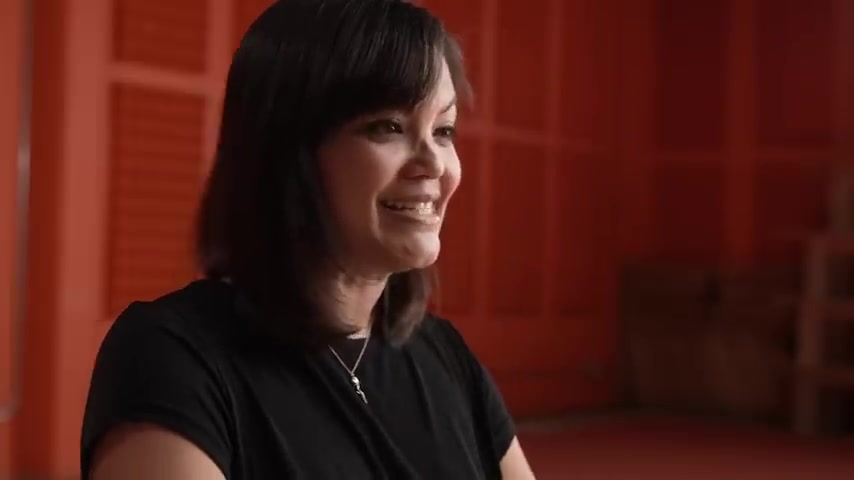
It's a skill that you'll need to convince potential co-founders , investors , users employees and eventually hopefully shareholders to believe in you .
It's also a skill , you'll need to grow , to grow .
You need to get all these groups of people talking about you to help you spread the word .
That's why it's necessary to make it easy for anyone , your grandfather or the person that you meet at the airport to talk about what you're doing .
So that word can spread about you virally .
When people sit down at the dinner table , they should be talking about you and your company and you don't have to be naturally good at talking about your company .
At first , it takes some of our founders at Y C months to get comfortable doing this .
So here's how we think about coming up with a short memorable description of your company .
So first , we recommend men leading with what not with why .
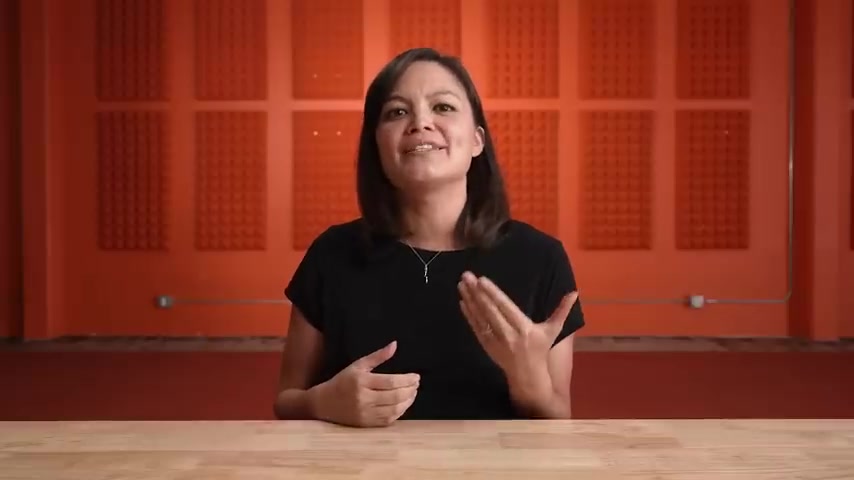
And this may seem counterintuitive because we tell most stories chronologically , it's natural to start with , you know , how you discover the problem you're solving and why it's important .
And one reason a lot of you do this is because you're all very ambitious people and you want to solve these big problems and that's really awesome .
And founders need that ambition .
But when you only have a limited time with someone , it's important to give them context upfront .
So start with the company name and what you do and there's no need to set up the problem , just get to the point .
So I'll use a real example from A Y C company's application .
The company is called Pave .
If they'd started with why they were building this company , they would have said many of my friends are super confused about their stock options and it pisses me off how stressed they get thinking about them .
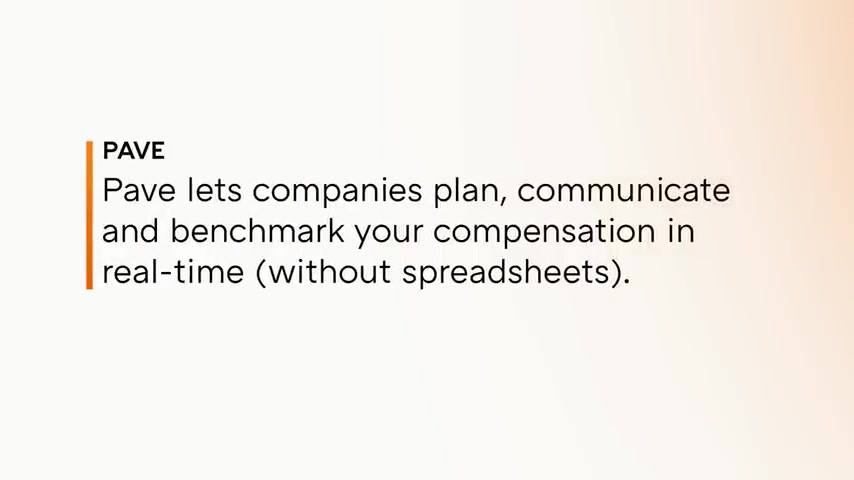
But before you give me the back story again , start with one sentence that tells me what you are building first press people and investors and even other founders get pitched tens of times per you know , per day , definitely per week and they have particularly short attention spans .
So here's the actual description of the company pave pave , lets companies plan communicate and benchmark your compensation in real time .
This is a straightforward description of what they're building and who they're building for .
They are building tools to make compensation and pay more transparent for companies uh and and their employees .
So hopefully whoever you're talking to ask follow up questions and then you can get to the why later .
So the second mistake founders make is adding a lot of meaningless marketing , speak to their pitches .
So this is a tweet from Gary Tan .
He said meaningless jargon is the number one issue I spend time trying to fight when helping startups .
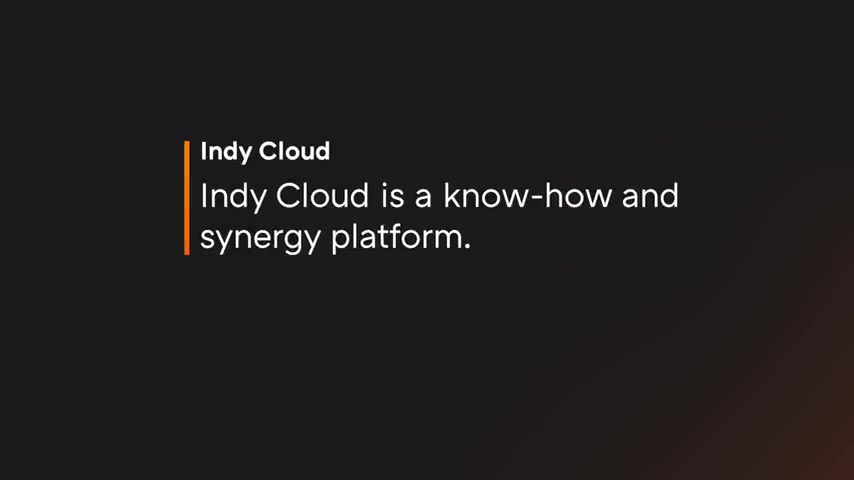
So here is an actual description of a company .
Don't worry , it's not a startup school company or A Y C company .
Indie cloud is a know how and synergy platform don't say shit like this .
It has zero informational content about what you actually do .
When you're describing your company , the person you're talking to should have some idea of , you know what they'd have to build to reproduce what you talking about .
A know how synergy platform could literally be anything .
It could be a collaborative ed tech company or it could be a marketplace for experts like you literally have no idea what you what you'd have to build to reproduce .
A know how synergy platform .
Another mistake founders make is rambling .
They just go on and on and on and don't do this .
The person you're talking to will have already zoned out .
So here's the actual description airbnb used on their Y C application .
We built the first online marketplace that lets travelers book rooms with locals instead of hotels this is a tight description .
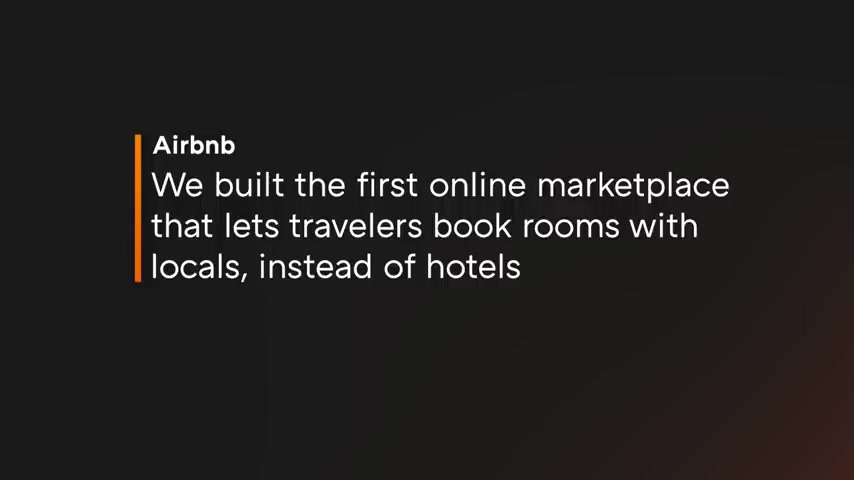
It describes the problem they're solving and who they're solving it for .
So , here's one I pulled from the startup school forum .
Open que , find and talk to your target B to B users .
Fast again , they tell you the problem they're solving and who they're solving it for .
They're making it easy for B to B companies to reach potential customers .
And you can sort of imagine what you might have to build , to reproduce what they're doing .
OK .
Here's another one I pulled from the startup school forum .
It's a clever name , Adaptive M L driven mental health for your team .
And I get this , what , what this is .
It's a digital mental health tools to help your team cope with stress and burnout .
But I think you could workshop it a little bit if you're showing this to potential customers , I think they'll care less about the fact that the product is M L driven and more about the fact that it's personalized digital therapy .
So I , I change it up to personalized digital therapy programs for your team .
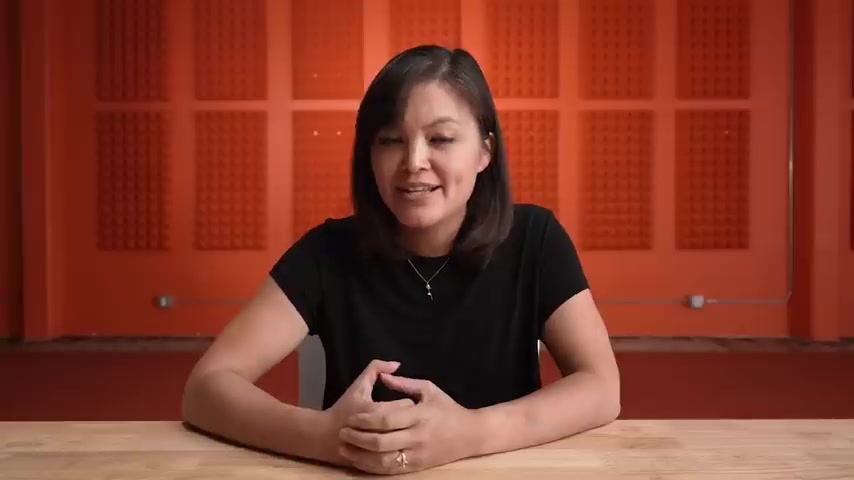
Some people ask me whether the X for Y construction is too cliche to use when describing their company .
And let's be honest , the term , you know , Uber for X or Air B N B for X has been a bit overused .
I want to emphasize that all of you should have a one line description that does not use the X for Y construction , but the X for Y construction can be used uh in certain cases .
So for example , which is A Y C M can describe themselves as stripe for former Soviet Union countries .
But they could also describe themselves as payment processing for former Soviet countries .
But let's talk about when it's OK to use the X for Y Construction .
Going back to if the founders are talking to people in Silicon Valley .
So investors or , or press for example , uh then it might make sense .
You might use the X for Y analogy .
If it really is the best way to paint a picture of what you're building very quickly .
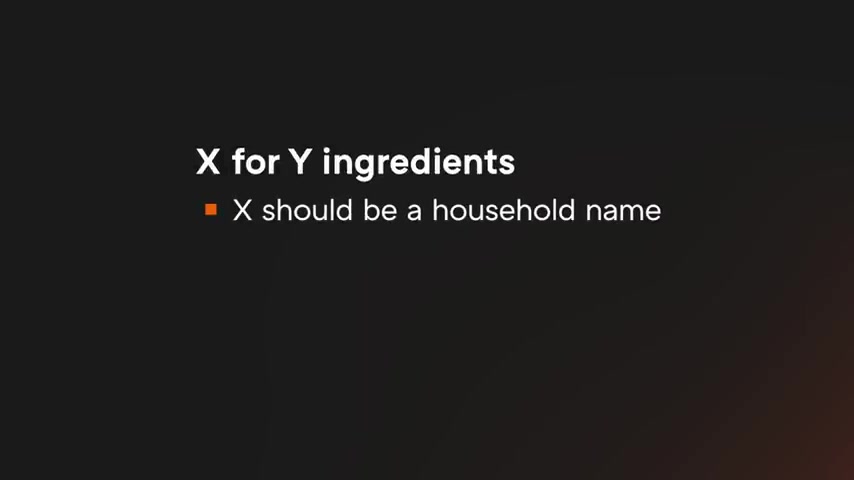
If you go with this construction , you need three ingredients .
First of all , X should be a household name .
Second , it should be reasonably clear why Y might want X and third , why should be a huge market .
So one Y C company described themselves early on as buffer for Snapchat , even though buffer is doing well as a company .
It's not a company that not everyone necessarily knows when I was reading this description in their Y C application , I literally had to go to Google and and Google buffer .
So in this case , you're better off describing the problem that you're solving .
So here's an X Y example from the startup school community that I think works hark alive is Air B N B for dance and movement classes .
It paints a fast picture of what a Live is , but honestly , you could also just as easily say Hark Live is a marketplace for dance and movement classes .
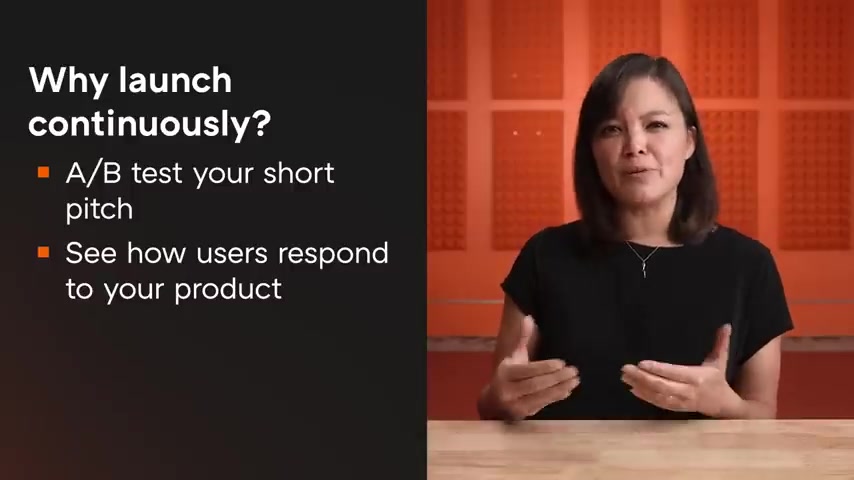
So to review the best one liners are descriptive , they describe what you do the problem and who you're solving it for .
They're conversational and don't use jargon or marketing language and there's no long winded lead up .
They're concise , short and sweet .
So now that you know what you need for a good one sentence pitch , let's talk about why you want to launch continuously .
Even before you have a fully functioning product launching early , gives you the chance to practice and refine your idea .
You can A B test the idea or messaging on people .
You get an opportunity to see how people respond to it .
And then once you have a product launching through different channels , will give you an opportunity to see how people respond to the actual product and launching on different channels will also help you determine whether you're even talking to the right users , different channels will naturally reach different audiences .
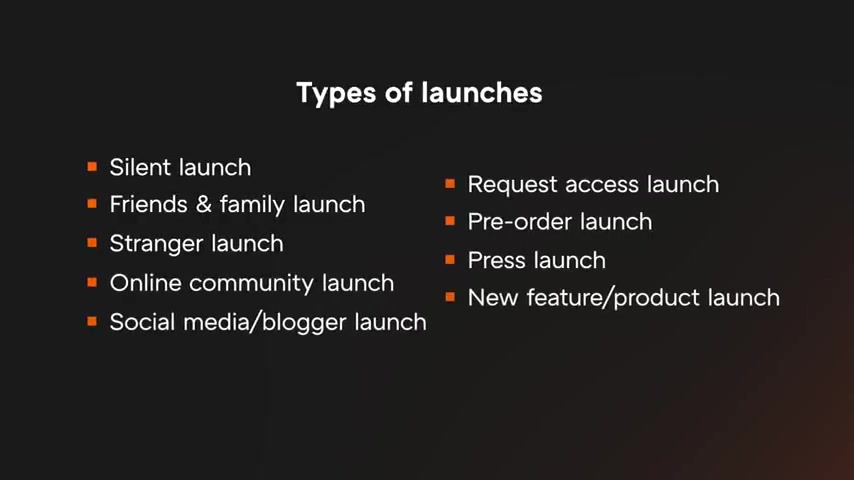
So let's talk about some of the types of launches you can do in your early stages .
Here are different types of launches and I'm gonna go through each one of these briefly .
So first is the silent launch and this is something every one of you should do while you're in startup school .
I clicked on 10 random startup school companies uh today and only half of them had landing pages .
So you don't need anything fancy .
At the very least you need a domain name , your company name , a short description , a way for users to contact you and a call to action , your call to action might be sign up for a newsletter or sign up to here when we launch .
Here's an example of a startup school company landing page Lara .
They have their domain name , a company name , a short description and a call to action , sign up for the waitlist .
And this is all you really need .
The next type of launch is to friends and family .
Even if you're at idea stage , you can test out your 1 to 2 sentence pitch on friends and family .
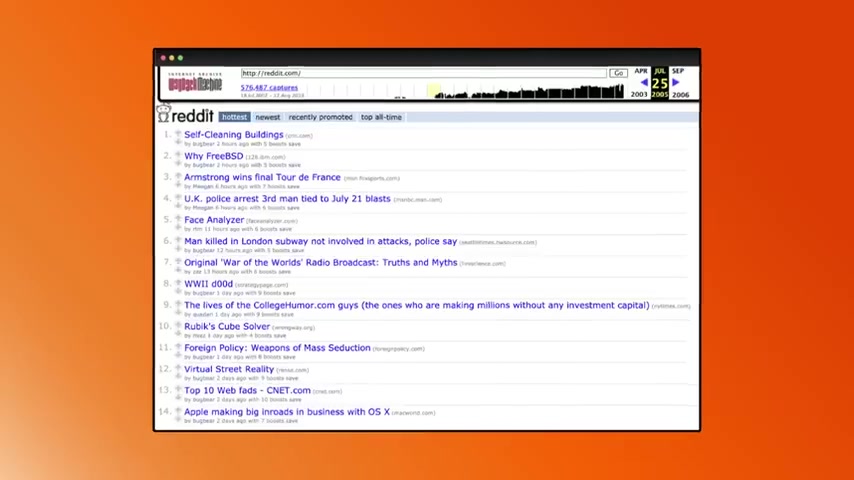
And once you have an M V P , you should do a friends and lunch , family launch as quickly as possible .
So in its earliest days , Reddit was shared among the founders of the first Y C batch .
I used the way back machine to find the earliest view of reddit I could find from 2005 .
So this was even before they called up , votes , up votes .
So share your product with friends and family , watch them use the product and ask them for feedback .
But one thing about the friends and family launch , don't stay in the space for too long because your friends and family might not be the ideal users for what you're building .
And sometimes their feedback isn't going to be as helpful as a real user .
Next type of launch , launching to strangers .
I want to share the M V P for doordash .
This is the very first version of the doordash site .
When they first started out , the founders were building other things .
They were building tech for small business owners .
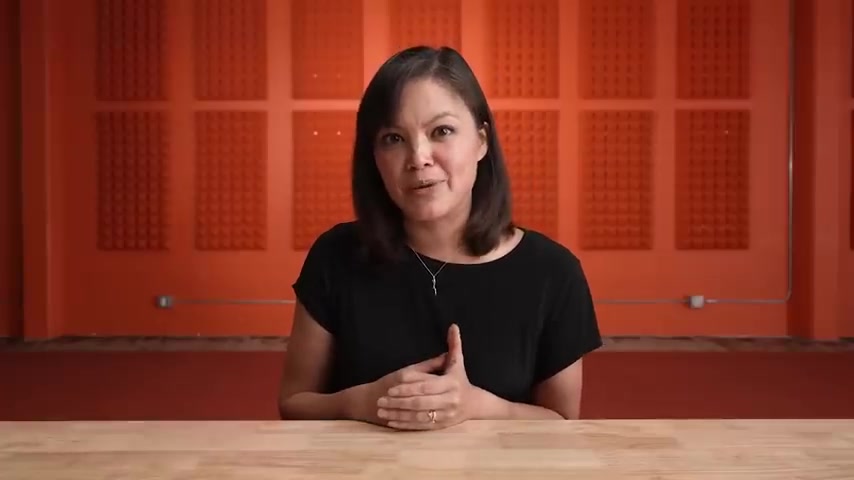
And so they started approaching store owners for feedback and they spent a lot of time talking to this one store manager , Chloe , she was the manager of a Macaron store in downtown Palo Alto .
In talking to Chloe .
They realized that the app they were building really didn't solve any of her problems , but just as they were about to leave , Chloe said , hey , there's just one thing I want to show you and it was this thick booklet with pages and pages of pages of delivery orders .
She said this drives me crazy .
I have no drivers to fulfill them .
And I'm the one doing all the deliveries .
Over the course of the next few weeks , the founders interviewed over 200 small business owners across the bay area and they kept hearing the same issue .
Deliveries are painful .
Then after they , you know , absorbed enough information about the product , they built this their M V P in just a few hours .
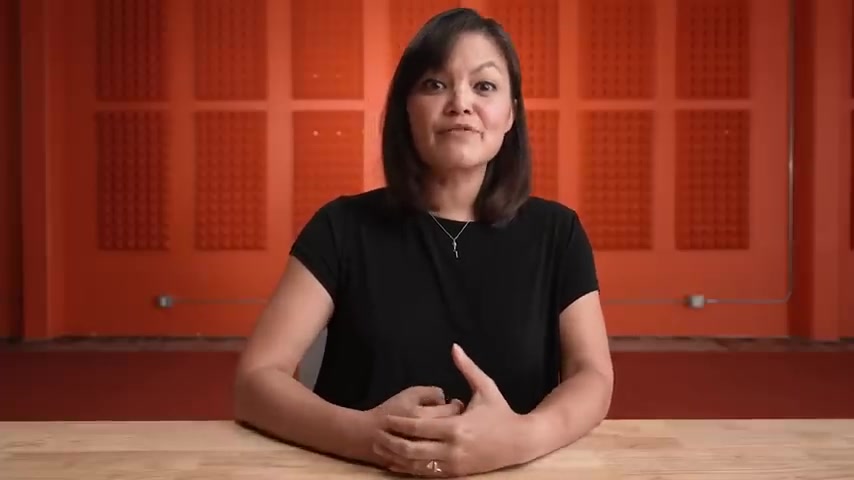
So if they'd waited too long to get direct feedback from their customers , they might have spent way longer , you know , six months plus building out the wrong solution for small business owners .
So I'd recommend you get out there even if it makes you slightly uncomfortable and start talking to your potential customers as soon as possible , do what doordash did and talk to 200 .
So next is one of my favorite ways to launch through online communities .
So I think you should plan a launch for every single community that you are part of .
When a company goes through Y C .
For example , they have the option of launching on book face before they launch publicly .
Book face is our internal platform for founders .
It's like Facebook meets linkedin meets Cora , all for Y C founders .
And there are currently over 6000 founders on book face .
So for many companies in Y C , it's a good way to get some first users and some early feedback and it's a fair low risk way to launch because you're launching in front of a friendly community of other founders .
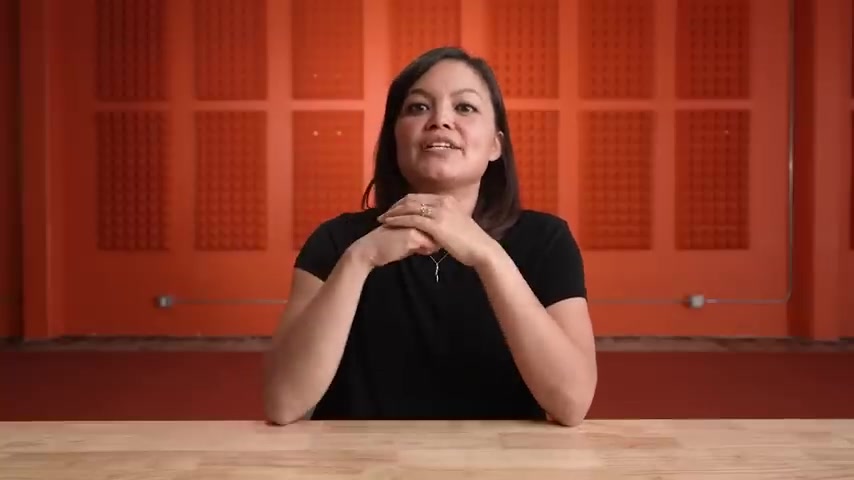
There are countless examples of companies that have launched and gotten their first or 1st 1000 customers through online communities .
Another community that you have access to is hacker news .
They have something called Show H N so many Y C alumni , Dropbox and git lab , for example , and hundreds more have launched on hacker news .
Robin Hood is an example of another company that successfully launched on H N .
So back in December 2013 , they had a really simple site and all it said was commission free trading , stop paying up to $10 per trade at the time , they only had a button that let you join a waitlist .
The waitlist would show you how many people were ahead of you in line and how many people were behind you in line .
So it was a Friday night and they'd been working on building this waitlist in preparation for a launch .
They were planning the following week with someone totally random , posted them on H N and boom .
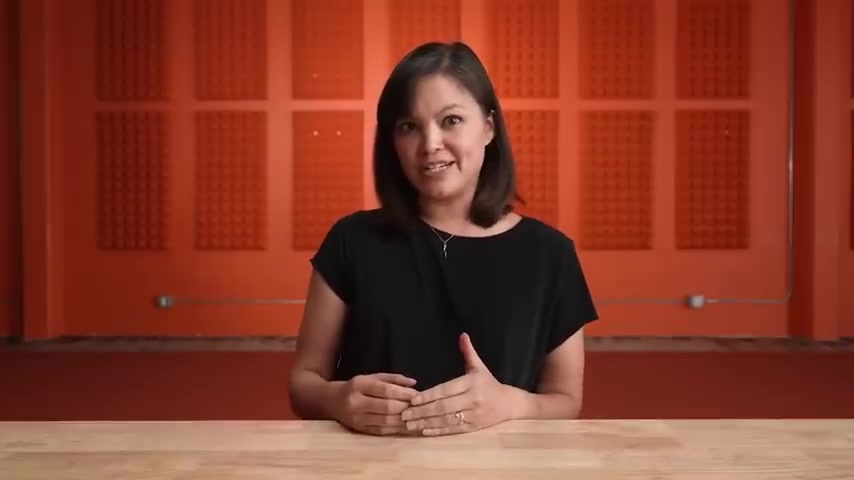
They got to number one on H N and ended up getting 10,000 signups the first day and then over 50,000 over the next week .
So each community is different .
They have different tones , audiences interests launch to communities you're genuinely , genuinely engaged with .
So be authentic .
Don't get bogged down in too much marketing and promo language people these days just shut off when they see that , do your research and get an understanding of what will compel members of that community to be interested in what you're doing .
So we don't have time to do a huge deep dive into these next types of launches .
But I wanted to skim them briefly and share some resources and things that I found recently .
So in A Q and A we did with the repli founders a few weeks ago , you asked and Haya , how did you get your first users ?
And they said just have to be everywhere , hacker news , Twitter , reddit , et cetera .
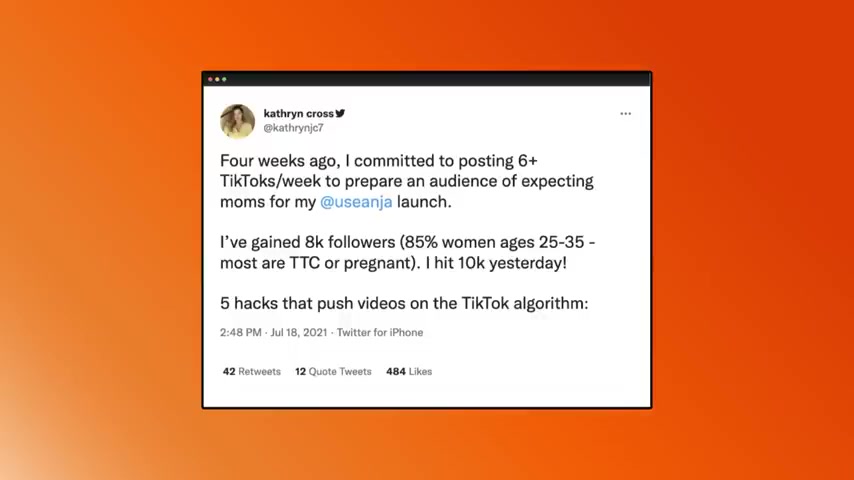
So I wanted to share a thread that Y C alum Catherine cross tweeted out about building her community on tiktok on to health .
Catherine's company helps parents freeze their babies' , umbilical cords and placentas uh for their stem cell for their stem cells .
So she wrote this thread about how she committed to posting Tik Toks to start building a community in advance of the company's launch .
And in just a month , she hit 10,000 followers .
So she shared this thread on tips for building a community on tiktok , which uh we will link to in the chat .
There is of course the preorder launch .
And if you are a hardware or uh product or physical product , you can do a preorder campaign on a platform like Kickstarter or indiegogo .
So preparing uh for a preorder launch could honestly be a whole presentation of its own .
And honestly , there's a little bit more skepticism about crowd funding and preorders than there was say five years ago .
So it's , it's worth thinking about whether it's the right thing for your company .
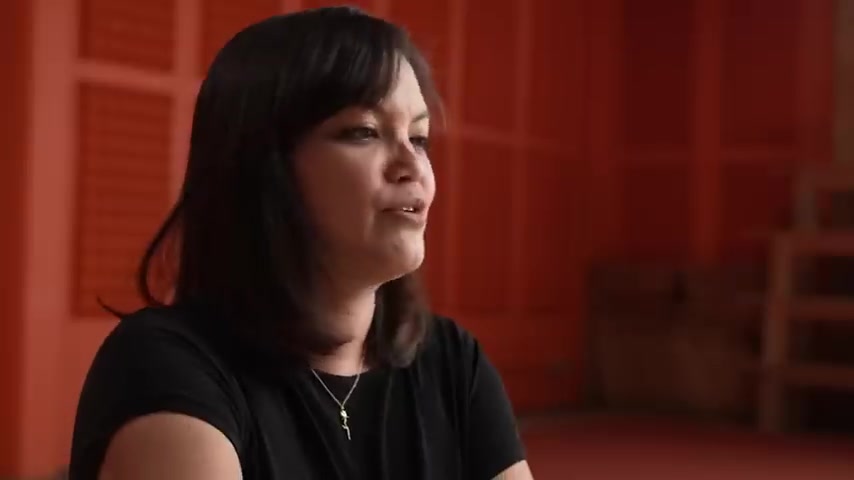
Uh But Y C alum Ship Bob wrote a guide on preorders that talks about why you should or should not consider doing this type of campaign .
And there are a lot of great , you know , sort of guides that walk you through uh preorder campaigns and how to prepare for them online as well .
All right .
And then there's the weightless launch .
We talked about a really good example of that with Robin Hood earlier .
And there are other examples like superhuman uh that launch successfully with the waitlist .
One note on the waitlist , launch , the longer you wait to launch an actual product and the longer you wait to onboard people , the harder it is to convert people from your waitlist .
So please don't sit on your waitlist for too long .
Ok .
So why are we not going to talk about press at all in this talk these days ?
If you are an early stage company that hasn't raised , you know , say a million or more , it's going to be incredibly hard to land press stories at least in the US .
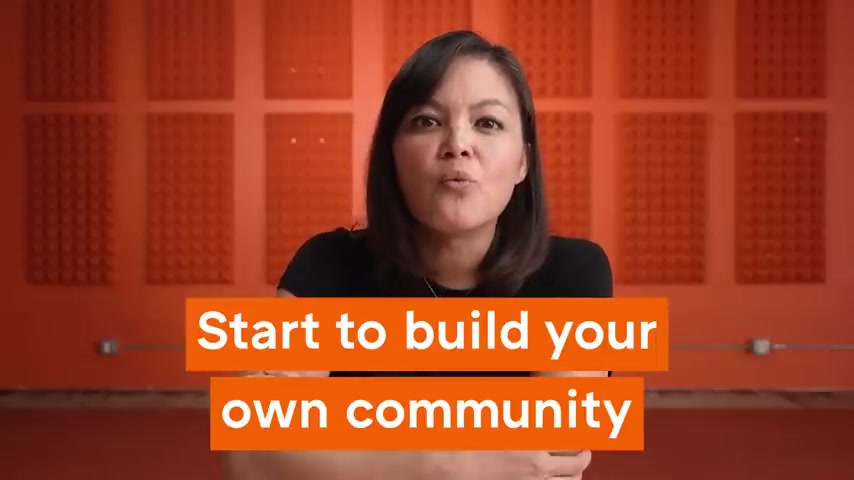
But that's said even if you do land press , it's not a silver bullet , it's not a scalable way to get users .
It might help you get in front of some early users and investors .
But as you see , press can't be counted on for sustained growth .
It will not get you to product market fit .
So don't spend a ton of your time during startup school worrying about getting press .
What I do want to emphasize is while you're in startup school , you should start to build your own community .
It can be as simple as starting an email list of your supporters and figuring out , you know how to engage them on an ongoing basis .
And you may be surprised who read the email and shows up to help and in the future , every time you re release a new product or a new feature , you can use all these channels to launch on them again .
Stripe has always been great at engaging with the community each time a new product launches , uh they blog about it .
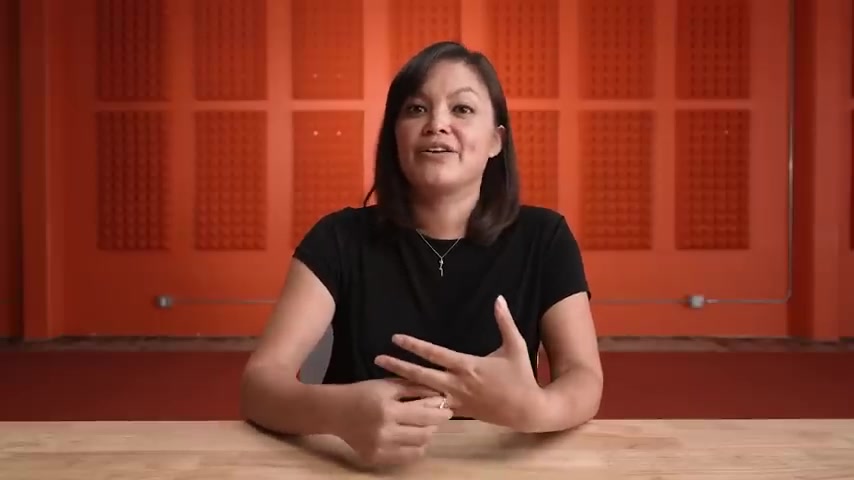
They , the founders get on hacker news and they talk to the H N community .
They spread the word on social media , they pitch press stripe .
They are masters at launching again and again .
So to sum up , I want you to stop thinking about launching as just one moment in time if you launch and no one pays attention , do what airbnb did and launch again and again .
Are you looking for a way to reach a wider audience and get more views on your videos?
Our innovative video to text transcribing service can help you do just that.
We provide accurate transcriptions of your videos along with visual content that will help you attract new viewers and keep them engaged. Plus, our data analytics and ad campaign tools can help you monetize your content and maximize your revenue.
Let's partner up and take your video content to the next level!
Contact us today to learn more.